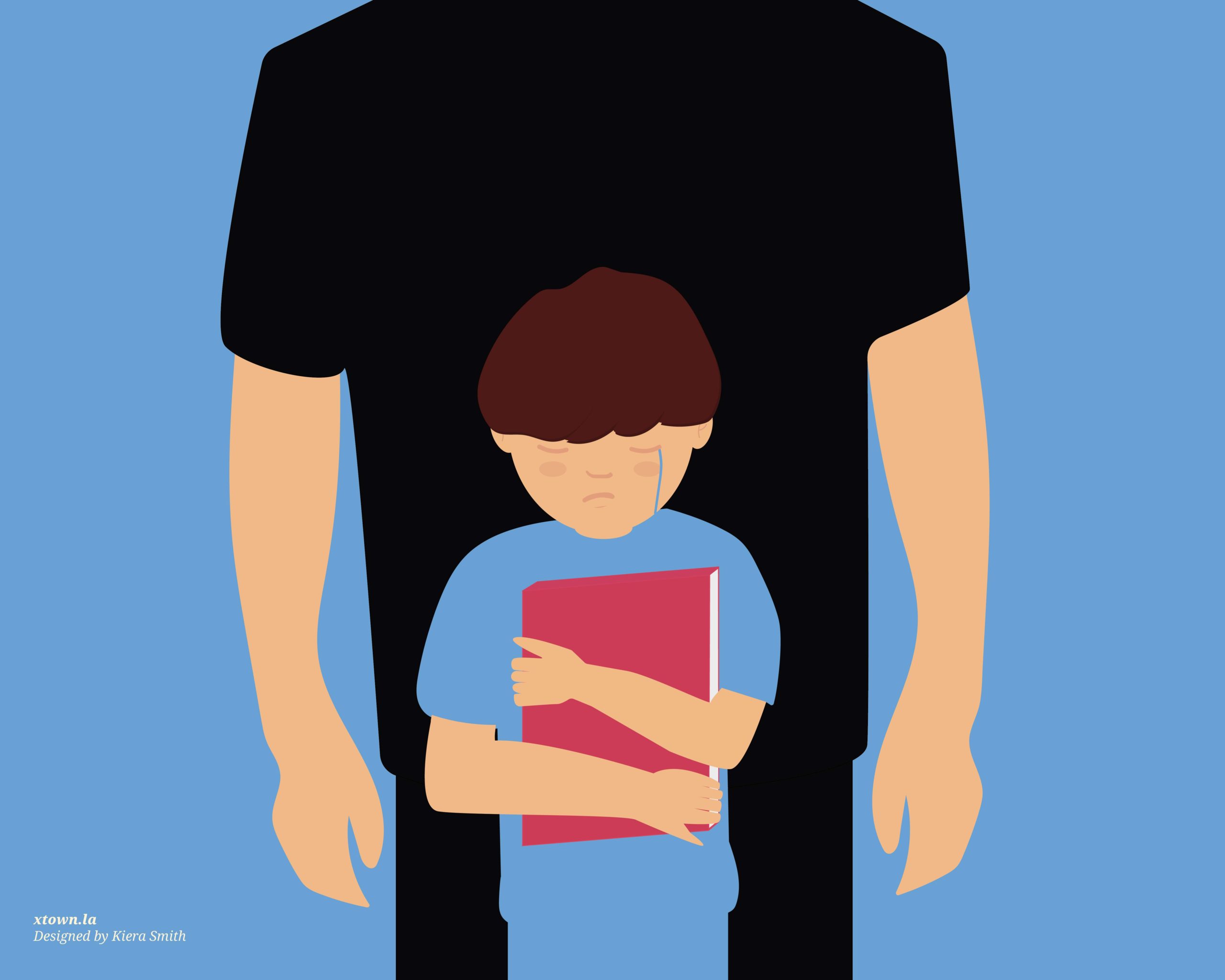Falling child-abuse reports in Los Angeles have experts worried

Reports of child abuse in Los Angeles are plunging, sparking worry among experts that the coronavirus pandemic has not reduced abuse, but rather made reporting more difficult.
During the first two months of 2020, the LAPD recorded more instances of child abuse than last year. But that reversed in March, the same month in which the City of Los Angeles enacted the Safer-at-Home order to halt the spread of the virus.
From February 1 – March 31, reports decreased by 38%. The 68 reported incidents in March is a steep drop from the 99 reported during the same month in 2019. From March 1 – June 30 of this year, the LAPD recorded an average of 57.75 reports of child abuse each month. In 2019, the average was 86.25.
Monthly child abuse reports in 2020 vs. 2019

One possible contributing factor to the decline is that local schools have been closed since mid-March and most summer camps and other children’s group activities have been put on hold. This means teachers or other authority figures who regularly interact with children and might recognize signs of abuse – and are mandated to report suspected incidents – do not have that opportunity. Indeed, a May 7 report from the Los Angeles County Department of Children and Family Services found a 50% decrease in calls to a child abuse hotline since Los Angeles Unified School District campuses were closed March 16.
Additional data from the DCFS points to stark year-over-year differences. According to monthly fact sheets, in April 2019 the department received 7,314 emergency response referrals. This past April, there were just 3,839 referrals.
The apprehension is heightened with the LAUSD declaring that the academic year that starts Aug. 18 will begin online.
“There’s widespread concern about the decrease in reports,” said Dr. Claudia Wang, a pediatrician and the medical director of UCLA’s Suspected Child Abuse and Neglect team. “The concern is that with the lack of contact with these kids with the schools, after-school programs and daycares, injuries have gone unnoticed.”
A need to report
Across the nation, teachers are the primary reporters of child abuse. In 2017, educational professionals accounted for 19.4% of child maltreatment reports, according to the U.S. Department of Health and Human Services. That ranks higher than reports from law enforcement and social services personnel.
Amara Suarez, a DCFS spokesperson, said department personnel are partnering with the County Office of Education to ensure that, even in the time of Zoom instruction, teachers still know they have the responsibility to report instances of suspected abuse.
“This is a very new situation for everybody. Our main goal is to remind people it’s okay to seek help, and it’s available,” said Suarez.
Child abuse affects hundreds of thousands of children across the United States each year. An estimated 1,770 children died as a result of child abuse in 2018, according to the Administration for Children and Families, a division of the national HHS. An annual report found that 678,000 children were victims of maltreatment.
UCLA’s Wang emphasized the need for people to report incidents they believe might involve abuse, noting it could save a child’s life.
“These kids are our future generation and we have to watch out for them, especially during these times and not knowing when this is going to end,” Wang said.
Anyone who witnesses or suspects an incident of child abuse can call the toll-free DCFS Child Protection Hotline at (800) 540-4000.
How we did it: We examined publicly available LAPD data on reported crimes in the City of Los Angeles. For neighborhood boundaries, we rely on the borders defined by the Los Angeles Times. Learn more about our data here.
LAPD data only reflects crimes that are reported to the department, not how many crimes actually occurred. In making our calculations, we rely on the data the LAPD makes publicly available.
The LAPD periodically updates past crime reports with new information, leading the department to recategorize past reports. Additionally, revised reports do not always automatically become part of the public database. But, we will keep monitoring hate crimes in the City of Los Angeles.
Want to know how your neighborhood fares? Or simply just interested in our data? Email us at askus@xtown.la.






